Lucky Dragon and Atomic Tuna Memorial
Oddly touching memorial to a little-remembered nuclear tragedy.
On March 1st 1954, the 23 crew members of the Japanese fishing boat “Daigo Fukuryu Maru” (“the Lucky Dragon”) were amazed to find a fine snow falling, far out to sea in the tropical North Pacific. For three hours the fine, yet warm, white substance fell. The curious fishermen gathered it up while they worked.
But that night they began to get sick. One died, and the others were to spend the next year in hospital . The “snow” they had sailed into was nuclear fallout; ashes from an experimental US detonation on Bikini atoll. Misjudging the strength of the explosion - 1,000 times stronger than that which flattened Hiroshima - the US government had failed to warn boats in the area, or locally stationed US personnel and Micronesian islanders.
When the boat returned to Japan it set off a panic. The WWII nuclear attacks were still fresh in the public imagination, and these new explosions (deep in the ocean that provided Japan with much of its seafood) rocked public confidence.
The boat was quarantined until it was deemed to be safe, and then returned to active service, and was eventually consigned to a scrapheap in a Tokyo waste dump.
In the 1980s that rubbish tip was transformed into a park through a land reclamation project called “Dream Island” (“Yumenoshima”). Local residents recognised the identity of the wrecked ship in the soon-to-be-redeveloped dump, and decided to preserve it, raising funds for a museum.
Today, the museum in Yumenoshima park houses the battered hulk of the “Lucky Dragon” and other exhibits warning of the dangers of nuclear war.
Next door, a simple marker commemorates the burying of the ship’s cargo - 450 tons of contaminated tuna - which was dumped to prevent it from being sold for human consumption.
Today this quiet, leafy corner of Tokyo, next to the lapping waters of Tokyo Bay, bears witness to the whole strange, sad story, one that has otherwise been all but forgotten.
Know Before You Go
It's a 10-minute walk from Shinkiba station (Tozai line). There is a map available on the website.
The Atlas Obscura Podcast is Back!


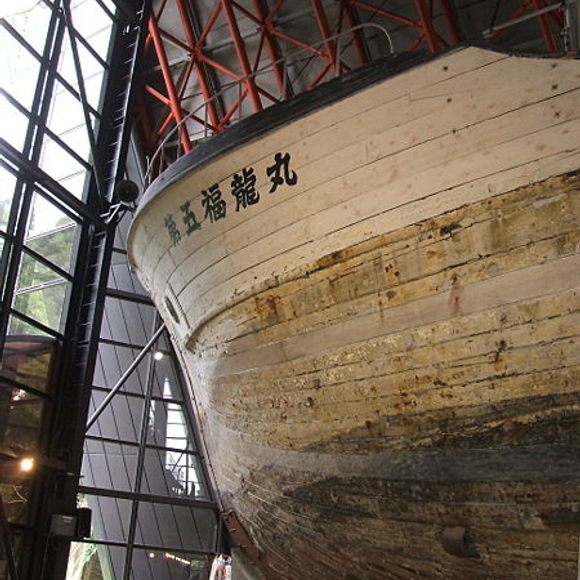

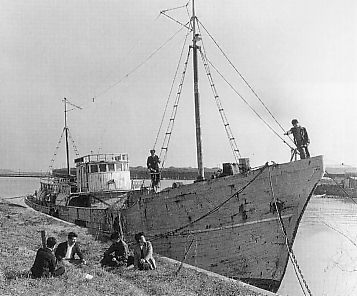
























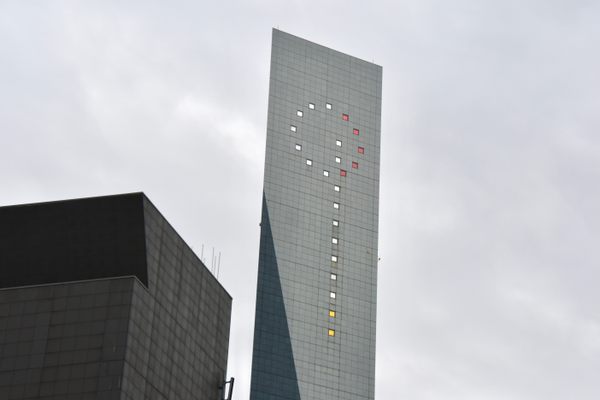

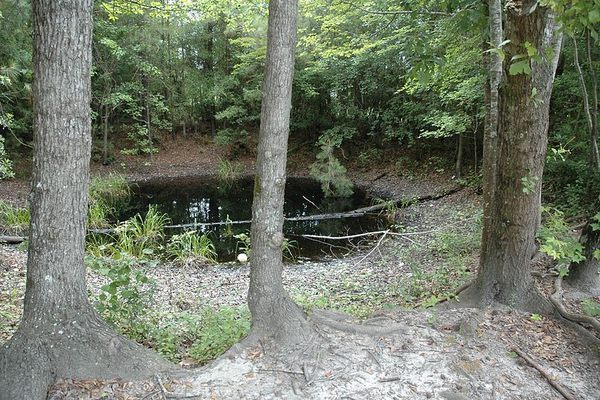

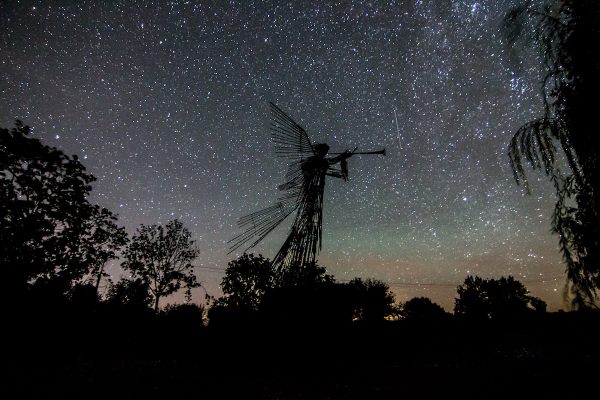
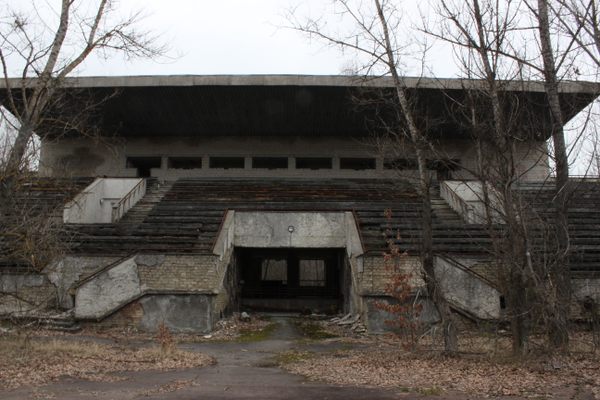

Follow us on Twitter to get the latest on the world's hidden wonders.
Like us on Facebook to get the latest on the world's hidden wonders.
Follow us on Twitter Like us on Facebook